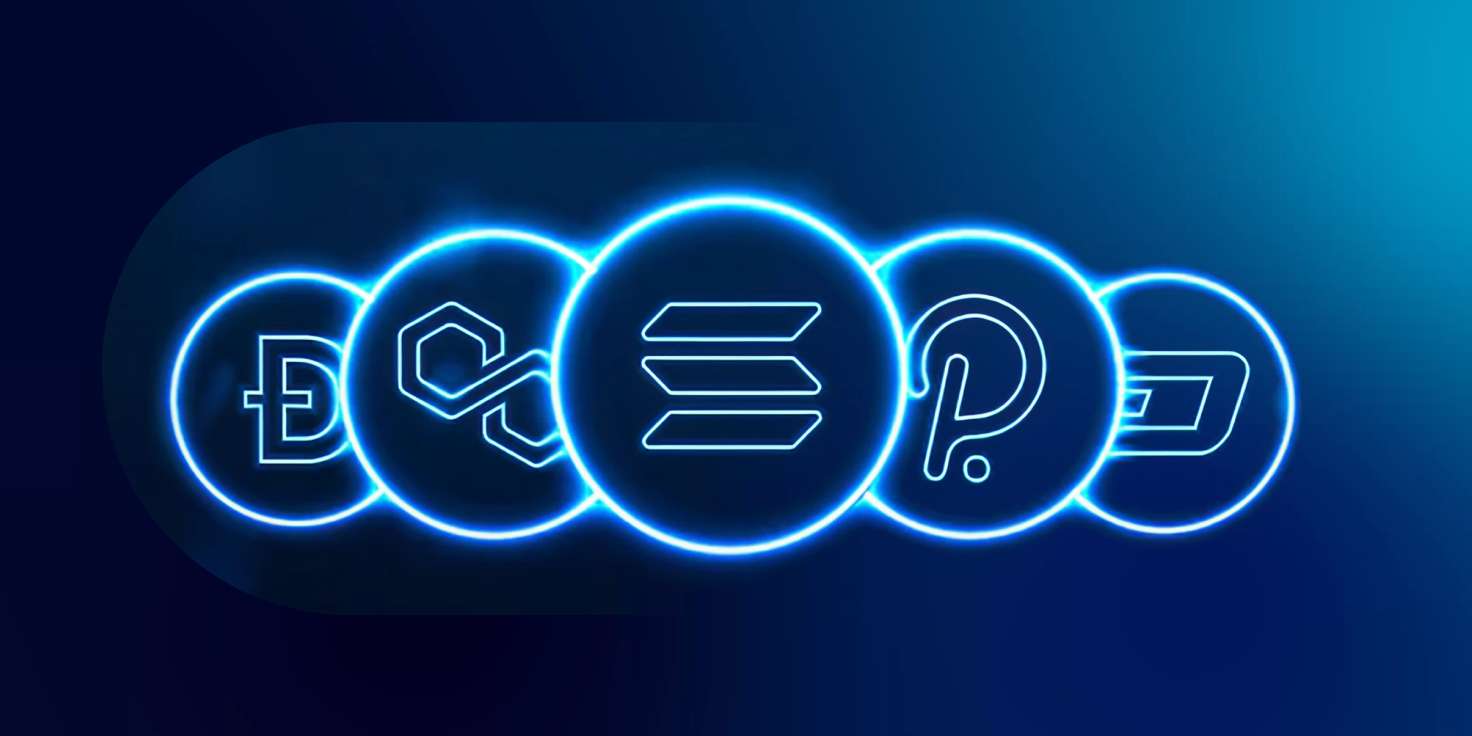Early origins (2014–2016)
Tether (USDT) emerged as the first widely adopted coin, pegged to the U.S. dollar. While it gained traction in trading, skeptics questioned its reserve transparency.
A Complete Guide

They are blockchain-based digital assets designed to maintain a stable value. Unlike traditional cryptocurrencies such as Bitcoin or Ethereum, which experience high volatility, they peg their value to an external reference such as fiat currencies, commodities, or algorithmic models. This peg allows them to act as reliable mediums of exchange, units of account, and stores of value within the digital economy.
The rise of these coins addresses one of crypto’s fundamental limitations: price volatility. Businesses, investors, and institutions find it difficult to use volatile cryptocurrencies for payments, settlement, or savings. They bridge this gap by combining the programmability and transparency of blockchain with the familiarity of stable value.
In 2025, stablecoin development matters more than ever. Enterprises use them to streamline cross-border payments. DeFi platforms rely on them as collateral for lending and liquidity pools. Governments explore them as private-sector complements to central bank digital currencies (CBDCs). For organizations seeking practical blockchain integration, they provide a tested and compliant entry point.
For hands-on implementation, visit our Stablecoin Development Company page.
The story of their evolution spans over a decade of innovation:
Tether (USDT) emerged as the first widely adopted coin, pegged to the U.S. dollar. While it gained traction in trading, skeptics questioned its reserve transparency.
MakerDAO introduced DAI, the first decentralized stablecoin backed by crypto collateral. This model showcased how smart contracts could govern issuance without central custodians.
Circle and Coinbase launched USDC, quickly gaining regulatory acceptance. Binance introduced BUSD with Paxos. Institutions began experimenting with settlement with these coins.
The ecosystem is now regulated and diversified. The EU’s MiCA framework governs euro-backed stablecoins. PayPal launched PYUSD for consumer payments. DeFi projects explore hybrid algorithmic models after the lessons of Terra’s collapse.
Stablecoins have evolved from experimental trading instruments to regulated financial infrastructure. Their trajectory reflects both technological innovation and regulatory maturity.
They maintain value through different mechanisms:
Tokens such as USDC and USDT hold cash or treasury reserves equal to their circulating supply.
Gold and oil-backed tokens offer hedges against inflation and wealth preservation tools.
Decentralized projects like DAI lock volatile assets in smart contracts while over-collateralizing to absorb price swings.
Projects such as FRAX dynamically balance supply and demand. TerraUSD demonstrated the risks of purely algorithmic approaches.
The technical stack powering them includes:
A pegged token's lifecycle begins with issuance, followed by circulation in DeFi, commerce, or settlement, and ends with redemption back into collateral assets.
Backed by deposits in currencies like USD, EUR, or GBP. Issuers hold reserves in banks and custodians. These tokens align well with regulatory frameworks and dominate current volumes.
Issued through decentralized smart contracts that lock crypto assets. Over-collateralization ensures peg stability despite volatility. MakerDAO’s DAI remains the most established example.
Backed by physical assets such as gold or oil. They offer inflation hedges and bridge traditional wealth storage with blockchain. Gold-backed tokens are especially popular in emerging markets.
Maintain value through supply-demand balancing, often without direct reserves. While innovative, they carry systemic risks. The TerraUSD collapse highlighted the fragility of pure algorithms.
Projects like FRAX combine collateralization with algorithmic supply adjustments. They represent the next generation of flexible and resilient models.
Building them requires a robust foundation:
Ethereum offers liquidity and DeFi compatibility. Solana and Polygon provide scalability. Hyperledger supports enterprise-grade deployment.
ERC-20, BEP-20, and SPL standards underpin token logic. Cross-chain protocols ensure interoperability.
DAO frameworks enable decentralized decision-making and treasury management.
Transparent reserve structures and proof-of-reserves mechanisms strengthen trust.
MiCA in Europe, SEC/FinCEN in the U.S., VARA in Dubai, and MAS in Singapore define legal guidelines.
Gas optimization, multi-signature wallets, and bug bounty programs safeguard operations.
They deliver advantages across stakeholders:
A clear case example is JP Morgan’s JPM Coin versus USDC. While JPM Coin supports intra-bank settlements, USDC scales across public blockchains for broader ecosystem adoption.
They extend far beyond cryptocurrency trading. Their ability to maintain stable value while operating on blockchain rails makes them practical for a wide range of industries.
They serve as the foundation of decentralized finance, powering lending platforms, liquidity pools, and derivatives markets. They provide a stable medium of exchange that reduces volatility risks, enabling DeFi users to borrow, lend, and trade with confidence.
Migrant workers and international businesses use them to send payments instantly across borders at a fraction of traditional costs. By bypassing banks and intermediaries, they make remittances more accessible, especially in regions with limited financial infrastructure.
Merchants can accept payments while maintaining stable pricing, protecting themselves from cryptocurrency market swings. This not only expands global customer reach but also reduces settlement delays common in traditional payment systems.
They anchor value in tokenized assets such as real estate, commodities, and securities, ensuring that investors transact with stable units. They simplify liquidity for fractional ownership models, making traditionally illiquid assets more accessible to a broader audience.
Banks and enterprises use them to optimize clearing and settlement cycles, reducing reliance on outdated systems like SWIFT. They enable faster reconciliation of trades and corporate treasury operations, lowering costs and improving efficiency.
While powerful, they face significant challenges:
Global regulations vary significantly, creating complex compliance requirements.
Exploits in protocol code can result in catastrophic losses.
Transparency concerns persist, especially with legacy issuers.
The collapse of Terra highlighted systemic risks.
Stress scenarios can trigger de-pegging and loss of confidence.
Transparency, audits, and robust governance remain the best mitigations.
The global regulatory environment is more defined than ever:
| Region | Regulation | Status |
|---|---|---|
| Europe | MiCA | Enforced |
| US | Draft acts | In progress |
| Asia | MAS/Japan acts | Active |
| Middle East | VARA pilots | Expanding |
This landscape shapes how developers structure reserves, custody, and governance.
Issued by private entities or decentralized protocols. They innovate quickly and integrate with DeFi.
Issued by central banks as sovereign digital money. They focus on monetary control and legal tender.
Stablecoins operate as innovation layers, while CBDCs provide national monetary anchors.
For example, USDC has been tested alongside CBDC pilots in cross-border settlement projects.
They will evolve in several directions:
Settlement currency for tokenized assets: Forming the backbone of real-world asset tokenization
AI integration: Predictive liquidity and automated risk management
Global expansion: Growth of euro, yen, and dirham-backed stablecoins
Payroll adoption: Companies using them for cross-border wages
Layer-2 integration: Driving scaling on Ethereum rollups and multi-chain ecosystems
Their trajectory points toward becoming an integral part of financial infrastructure.
Common questions and answers, their implementation, and practical considerations for businesses and developers.

By using this site, you allow our use of cookies. For more information on the cookies we use and how to delete or block them, please read our cookie notice.
We would love to
hear from you!


Innovate with confidence!


